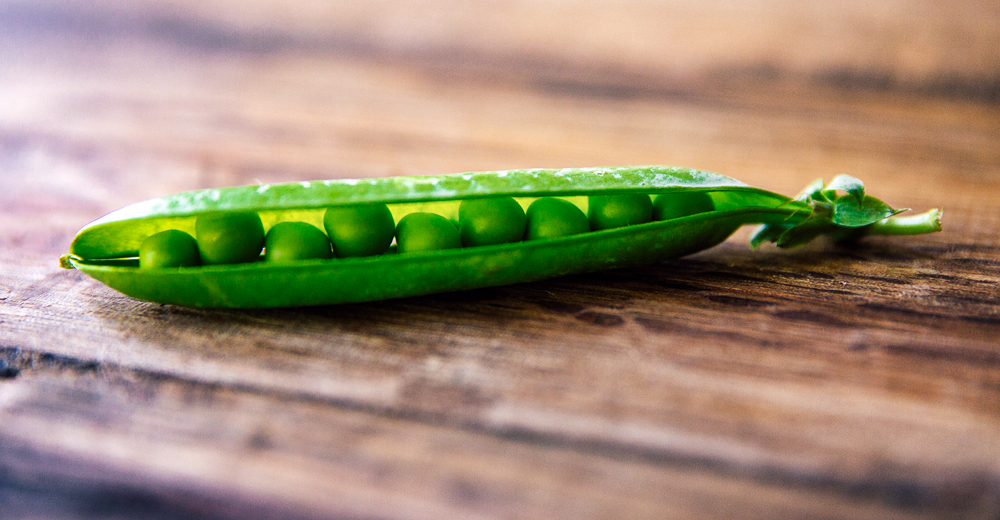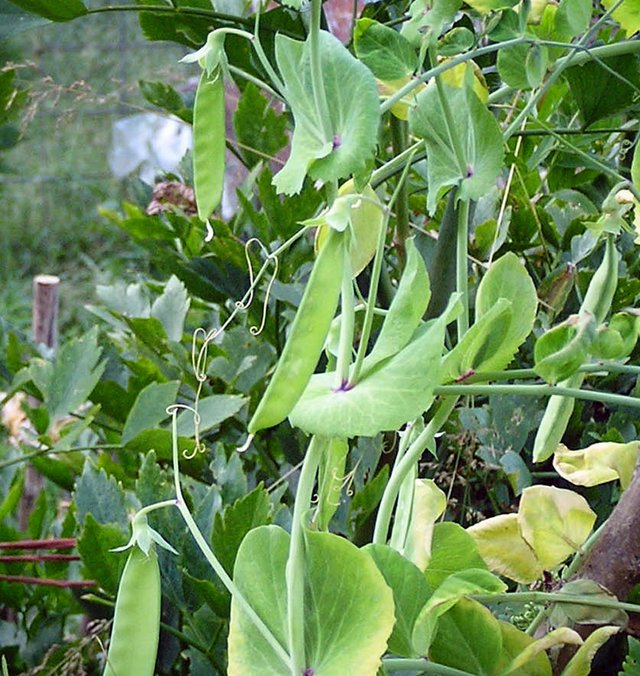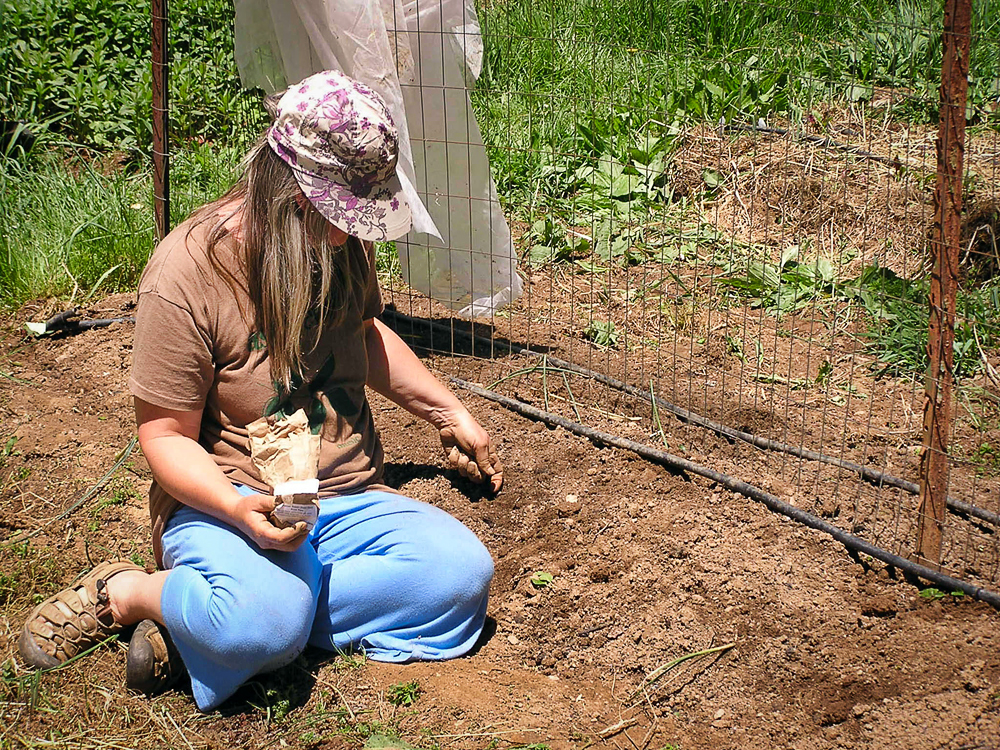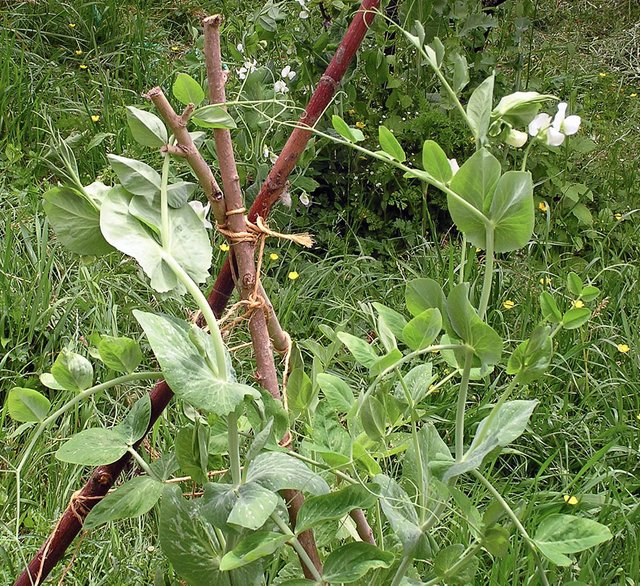Got Your Peas in Yet?

Fresh peas are some of the tastiest treats the garden has to offer, and now is traditionally the time to plant them. In fact, if you live in the Northwest US (Cascadia), the saying is “Peas by Presidents Day.” But don’t worry, if you haven’t gotten them in the ground yet, there’s still plenty of time. In fact, most pea varieties can be planted up until the end of June in our NW maritime climate.

Snow Peas!
Want to know a secret? I’ve personally found that there’s no great benefit to planting them outside this early anyway. Instead, I start them indoors and then transplant out later. Sure, they say that you shouldn’t transplant them, but it’s always worked for me. When I’ve planted outdoors, I’ll come back weeks later to find nothing, think that something happened, and plant again, only to find twice as much peas sprouting a few weeks later. It turned out the original seed wasn’t bad or eaten—it was just SUPER slow because the soil was so slow.
To Sprout or Not to Sprout
Most pea seed packages say to direct sow, but there are a lot of benefits to soaking and even sprouting your pea seed first. One of the main hindrances to having your peas successfully sprout is water-logged soil. At the same time, the seed itself needs to be thoroughly soaked to germinate. The solution? Soaking them in a jar overnight first. Then, when you plant them out you can water them in once and then not worry if they have enough water (unless you can actually see/feel the soil drying out, which is fairly unlikely to happen this time of year. If you take them all the way through the sprouting phase (just like kitchen sprouts), you’ll be able to select out for the strongest sprouts before planting. I find that doing it this way beats getting them in the ground right away and then wondering why I haven’t seen any signs of germination weeks later.
Getting Your Beds Ready
Peas are not too particular about soil type, but do prefer a high organic matter (what plant doesn’t?) and a pH between 5.5-6.8. Don’t add too much nitrogen to the soil, though. Peas belong to the legume family and “fix” their own nitrogen.

Sowing up against a fence.
If you’re not buying dwarf peas, you’re going to want something for them to climb up. You can make a trellis out of just about anything or back them up against a fence. I’ve often just made tripods out of prunings from our fruit trees.
The Different Types of Peas
Peas take up a bit of space, so if you don’t have a huge garden, you’ll need to think carefully about the type of peas you like to eat. (You can only plant so many.) Here’s a brief breakdown:
Snow Peas
If you’re into those tasty flat pods that are so often used in stir-fries, you’re going to want some snow peas in your garden. The peas inside are tiny, but that doesn’t really matter since you’ll be eating the entire thing, pod and all. And you don’t have to cook it—it tastes great both raw too. Just makes sure you remove the strings that run along the edges of the pods—their a little, well, stringy.
Bonus: Want a little more diversity for your salad or stir fry? Try eating the vine tips.
Snap Peas
Snap peas are sore of the mama bear between snow peas and traditional garden peas. Like the garden variety, these sweet, crunchy peas fill out some, but can still be eaten whole like snow peas. They taste amazing (especially our Oregon varieties) and yield more food per square foot than just about any other type of pea. If you have limited space and can only try one type, this is the one. (Though everything other than the dwarf varieties will still need staking.) They also tend to come with strings so be sure to remove them before eating. (No, the strings don’t work well as floss!)
English Peas/Garden Peas
Want just straight peas—the little round deal that tastes how-so-sweet? This is the standard garden pea (or English pea). These taste great both raw and cooked, but need to be shelled first. (And that means waiting longer for them to mature before picking—just don’t let them get TOO big. That’s when they’ll become overly starchy.)

You should probably use a larger tripod than this!
Don’t Have a Garden?
Believe it or not, there are a few dwarf varieties of peas that can planted in containers. All you’ll need is a sunny yard or patio. (Yes, they do need full sun!) Check your local seed companies to see which ones are best for your area.
Great info about peas! I just planted out some peas 2 days ago. It's early here but I think I'll succession plant out more peas for a while and see how that goes. Thanks for letting me know I can plant them into June! So is the first photo in this post a snap pea or an english pea? - Thanks to you I now know there are three types of peas I thought there were two! Do you know if all three types of peas readily cross pollinate or can you save seeds separately without problem?
You know, I'm just realizing that I wasn't taking climate change into consideration with the timing. You can plant them into mid-June with a typical Cascadian summer, I think. If it's a climate change hot summer, maybe not. Peas do cross-pollinate, but because they're self-pollinating you don't have to put much space in between them. 10-20 ft is the recommended difference. I think the photo up top is a standard garden pea. (It's the only one I didn't take myself...)
OK that's good to know about the pollination... I have several different types of peas planted near eachother, but I am not too concerned about them cross pollinating this year.. I am not super attached to them!
It's happened to me over and over where I got my peas in by President's day and then weeks later wondered what had happened to them and then replanted. (That story was no joke.) Each time I came up with double peas! So I don't do that any more. I don't really find succession planting helpful with peas, as mine always produce plenty until the hot weather kills them off. (Unless there's a mild summer--sometimes I get them all growing season long.) I have, though, replanted for a fall crop, starting them in Aug or Sept depending on the weather.
Great info, thank you. I'll be patient and wait a while for the peas to come up :) The summer here is supposed to be pretty hot, but it's my first season here so I'm curious to see how everything does in this climate and how long the peas last before the fizzle out :)